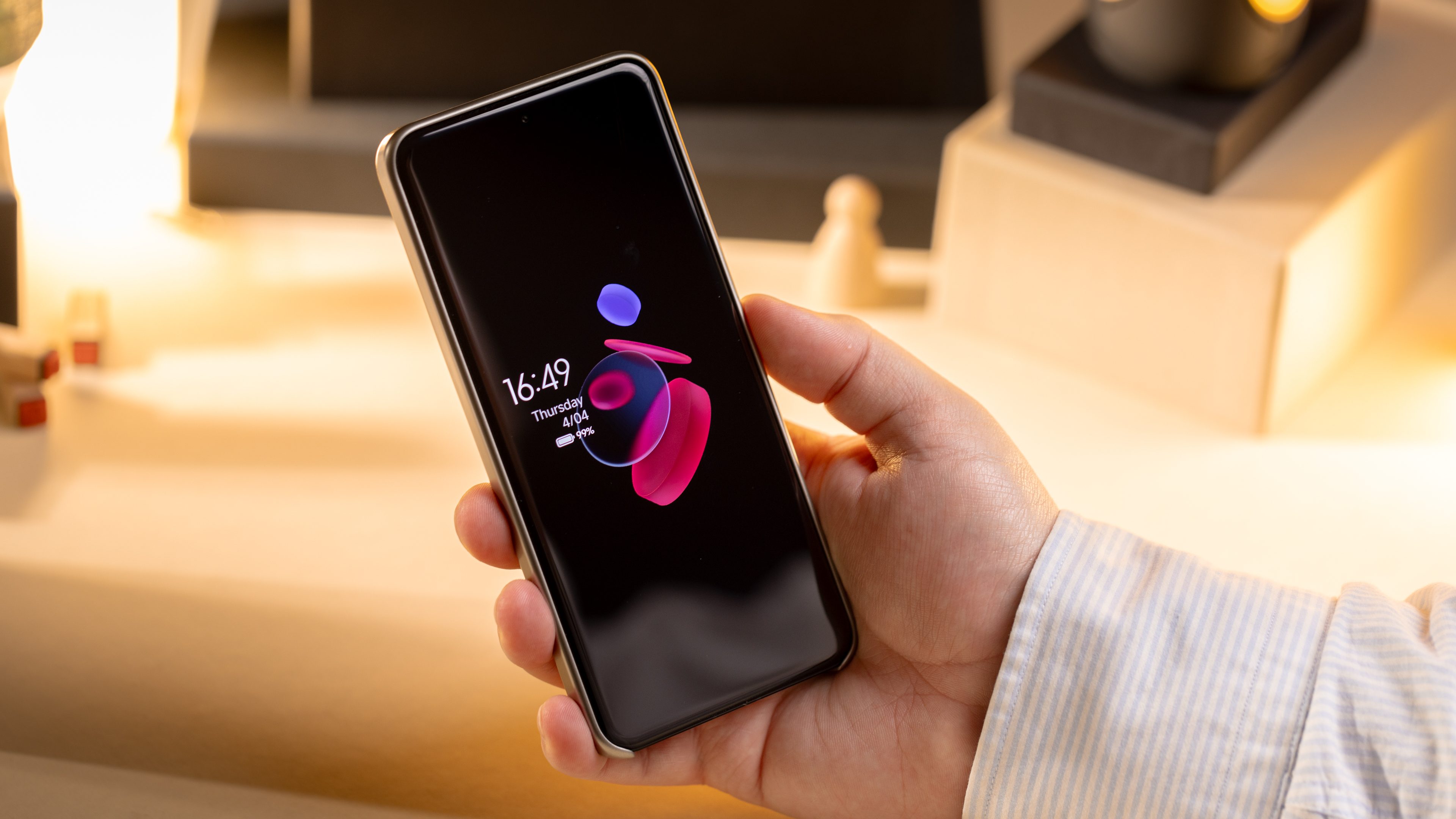This as-told-to essay is based on a conversation with Hong Yea, a 36-year-old CEO and cofounder of GRVT. It has been edited for length and clarity.In 2018, after five years of working in security lending at Credit Suisse, I started pondering what I wanted to do with my life. I was 30, living in Hong Kong. Did I want to keep working as a trader or do something completely different?Around that time, a Goldman Sachs recruiter in Hong Kong approached me to work for them. After an interview, they offered me a job. I wasn’t convinced I wanted to stay in banking, so I declined.I took a two-week trip to Canada to meet with a good friend who worked at Amazon. If I was going to leave trading and start something new, I needed to be convinced by an idea or industry I could immerse myself in. After two weeks of brainstorming with my friend, I didn’t love anything we came up with. Luckily, Goldman hadn’t filled the role, so I started working for them in November 2018.Working at Goldman Sachs would always be limitingI liked working as a trader at Goldman, but it wasn’t fulfilling. I had this passion to start a business I couldn’t let go of.I worked at Goldman from November 2018 to July 2022. During that time, I started several side projects, including a restaurant and a home import service. I slowly realized that working for Goldman or any company, the end goal is limited to possibly being a partner. There’s a cap.I was promoted to executive director in 2019. The next step at the firm was managing director, a role with significantly more responsibility and compensation. I knew I’d struggle to walk away from my team and the money. If I wanted to build something of my own, I needed to leave before reaching that point.The 3 essentials for leaving my jobBy 2020, I was seriously considering leaving my job to start my own business. But before I went out alone, I needed my new venture to be positioned in a fast-growing industry, have a business idea I knew I could contribute to and excel at, and have good co-founders to help me run the business.I started researching crypto and blockchain in 2021. I’d invested in crypto since 2018 but wasn’t that into it. But in 2021, the market was booming. I looked at the technology more closely, and it seemed applicable to the financial systems I was familiar with.I booked a ticket to a crypto conference in February 2022 in Barcelona to learn more. The conference convinced me this was the industry to be in. There were many “crypto natives” there, but I saw a lack of traditional finance expertise. It felt like was a big opportunity for me to get in early.When I got home, I spoke with two friends, Matthew and Aaron. Matthew was a trustworthy friend with a strong blockchain background. He’d introduced Aron to me as the best engineer he knew. I suggested we look into the decentralized finance space and see what improvements we could make, and they were on board. I had all three requirements I’d set out to leave Goldman.We started a crypto company weeks before the crashBy April 2022, we all decided to quit our jobs and dive full time into creating GRVT (pronounced gravity).
GRVT would be a self-custodial cryptocurrency exchange designed to give users complete control over their assets. Basically, it would be a system to create more secure crypto trading and protect investors from third parties defaulting on their payments.I had enough savings to cover my rent and living expenses for a year and other non-cash assets that I could leverage if needed.For me, it didn’t matter how much I’d saved. The key was having a team and project I felt confident could raise sufficient funds. Now we had that. There was no turning back.I was working from Singapore in early May 2022. I emailed my boss in Hong Kong to say I was resigning. When I followed up on the phone with him, he said he was coming to Singapore a week later and wanted to talk with me in person.At the same time all this was happening, Luna Crypto, followed by the crypto market, crashed.The crypto industry had been decimated, and I’d lost around two-thirds of my savings in cryptocurrency. I couldn’t help questioning my decisions. It was a really fragile time in my life.When I told my parents and friends I had resigned from Goldman to start a career in the cryptocurrency industry, they were concerned. Many people asked why I’d leave Goldman for crypto during a crash.”It is the best time to build when things are crashing as long as you have the conviction that industry will grow because it’s the time when the fewest others will be building,” I said in response to their worried questioning.A Korean proverb inspired me to stick to my gunsMy boss flew into Singapore and met with me. “Are you sure you don’t want to come back,” he asked me, half serious, half joking.But after talking to my fiancé, I decided to stick with my plan. She reminded me of a Korean proverb: “If you’ve drawn your sword, you need to slay something before you put it back.” I’d been careful and made all the right assessments. Even if the markets were tanking, I was committed.In the following months, we focused on building and getting investor funding. It was the worst time to raise because no one was looking to crypto. It was daunting, and stressful, and required a lot of self-convincing.In October 2022, we pivoted away from lending toward building a safer hybrid trading platform: a crypto derivatives exchange. That’s when we started receiving our first proper investments.It felt like the industry was entering a no-return stage after FTXWhen FTX filed for bankruptcy in November 2022, it confirmed that we were building something the industry needed.If you trust your funds to an exchange, they have full control over their management. GRVT solves that problem. User funds are never controlled by a third party. You always have control of the funds in your own wallet and trade through your own wallet.After the FTX crash, there were moments when I thought the industry was entering a no-return stage because the sentiment was so negative.The technology we believed in — blockchain and smart contract-based risk management — could be the answer to preventing future incidents like this. That conviction kept us going through the toughest times.Since the FTX crash, things have gone up for usWe’ve raised about $9.3 million, which is pretty decent for seed rounds at the worst time. We’re a team of 26 building what I think is the future of exchanges. We’re looking to launch in the next two months. Over 2 million people are registered on our waiting list, and we have 500,000 followers on X.Achieving these milestones step by step is exciting for myself and the team, even if we’ve built it through the worst times.I wanted to dream up something big enough that when I fulfilled it, it felt so much better than working for a company. We weathered the storm, and it feels incredibly rewarding.





